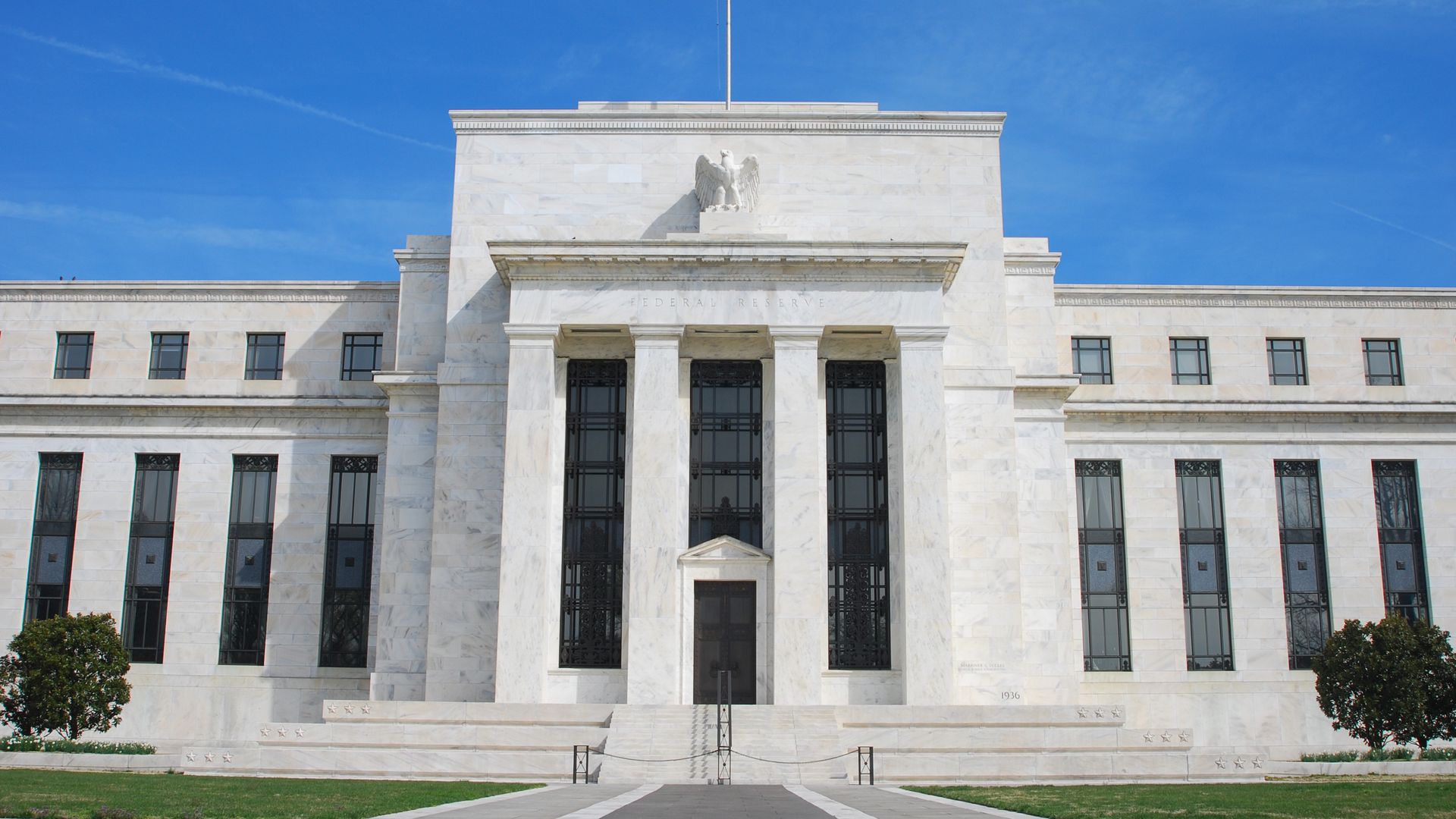Fed Faces Pressure to Cut Rates, But Inflation and Labor Market Concerns Persist
18.12.2024 13:00 2 min. read Alexander Stefanov
Jerome Powell and the Federal Reserve are facing significant pressure from the market, with investors betting on an imminent rate cut following recent inflation reports.
However, Powell is walking a tightrope, aware that easing rates now might reignite inflationary pressures that are still simmering beneath the surface.
November’s inflation data showed a slight uptick to 2.7%, with core inflation remaining stubborn at 3.3% for the fourth consecutive month. Despite the Fed’s preferred inflation gauge, the Personal Consumption Expenditures (PCE) index, nearing its target of 2%, there are lingering challenges, especially in housing costs, which have been a key driver of higher inflation. While some signs of relief in shelter costs have emerged, inflation isn’t close to being fully under control.
Another major concern is the labor market. Unemployment remains historically low, and wages are climbing steadily, creating further inflationary pressures as businesses pass on higher labor costs. The cost of services, excluding housing and energy, continues to rise, pushing inflation above the Fed’s comfort zone.
On top of these domestic concerns, former President Donald Trump’s policies, such as proposed tariffs and tax cuts, add uncertainty. The tariffs, in particular, could push prices higher, exacerbating inflation. While some economists believe these moves could be short-term, the potential for longer-term inflationary effects looms large.
Compounding the challenge, Powell’s public messaging has led to market expectations of a rate cut, despite the lack of clear justification from the data. Powell needs to reset expectations, reminding investors that rate decisions will depend on economic indicators, not speculation.
With the stock market showing signs of overvaluation and inflation risks still prevalent, Powell faces a tough call. Keeping rates steady is the most prudent course to avoid jeopardizing the economic progress made. The Fed’s primary mission remains controlling inflation, and any rate cut at this point could risk undoing the hard-fought gains. Powell’s focus must remain on the long-term economic health, even if it frustrates short-term market expectations.
-
1
China Quietly Advances Yuan as Dollar Alternatives Gain Ground
20.05.2025 17:00 2 min. read -
2
Economic Instability and Political Shift Fueling Bitcoin’s Rise – Galaxy Digital CEO
23.05.2025 12:00 2 min. read -
3
Trump Renews Attack on Fed Chair, Calls for Immediate Rate Cuts
18.05.2025 8:00 1 min. read -
4
Japan’s Inflation Hits 3.5% as Food Prices Soar and Tariff Risks Loom
23.05.2025 21:00 1 min. read -
5
US Dollar Dominance Under Threat Amid Yuan’s Global Ambitions
22.05.2025 14:00 2 min. read
Tariffs Threaten to Stall U.S. Growth in 2025, Recovery Not Expected Until 2026
The U.S. economy may be closer to a downturn than many realize, according to Jay Bryson, chief economist at Wells Fargo.
Dollar Faces Deep Decline as Fed Cuts Pressure Currency, Warns Morgan Stanley
Morgan Stanley has issued a cautionary outlook on the U.S. dollar, predicting a major decline over the coming year as Federal Reserve rate cuts take hold.
Trillions in Debt Payments Could Break U.S. Economy, Ray Dalio Predicts
Legendary investor Ray Dalio has issued a stark warning about the trajectory of U.S. government finances, suggesting the country is drifting toward a series of severe economic shocks unless its debt spiral is urgently addressed.
Wall Street Veteran Warns Tariffs Could Disrupt AI-Driven Market Rally
Steve Eisman, the famed investor known for forecasting the 2008 housing collapse, is sounding the alarm—not on overvalued tech stocks or interest rates, but on the escalating risk of global trade disputes.
-
1
China Quietly Advances Yuan as Dollar Alternatives Gain Ground
20.05.2025 17:00 2 min. read -
2
Economic Instability and Political Shift Fueling Bitcoin’s Rise – Galaxy Digital CEO
23.05.2025 12:00 2 min. read -
3
Trump Renews Attack on Fed Chair, Calls for Immediate Rate Cuts
18.05.2025 8:00 1 min. read -
4
Japan’s Inflation Hits 3.5% as Food Prices Soar and Tariff Risks Loom
23.05.2025 21:00 1 min. read -
5
US Dollar Dominance Under Threat Amid Yuan’s Global Ambitions
22.05.2025 14:00 2 min. read


